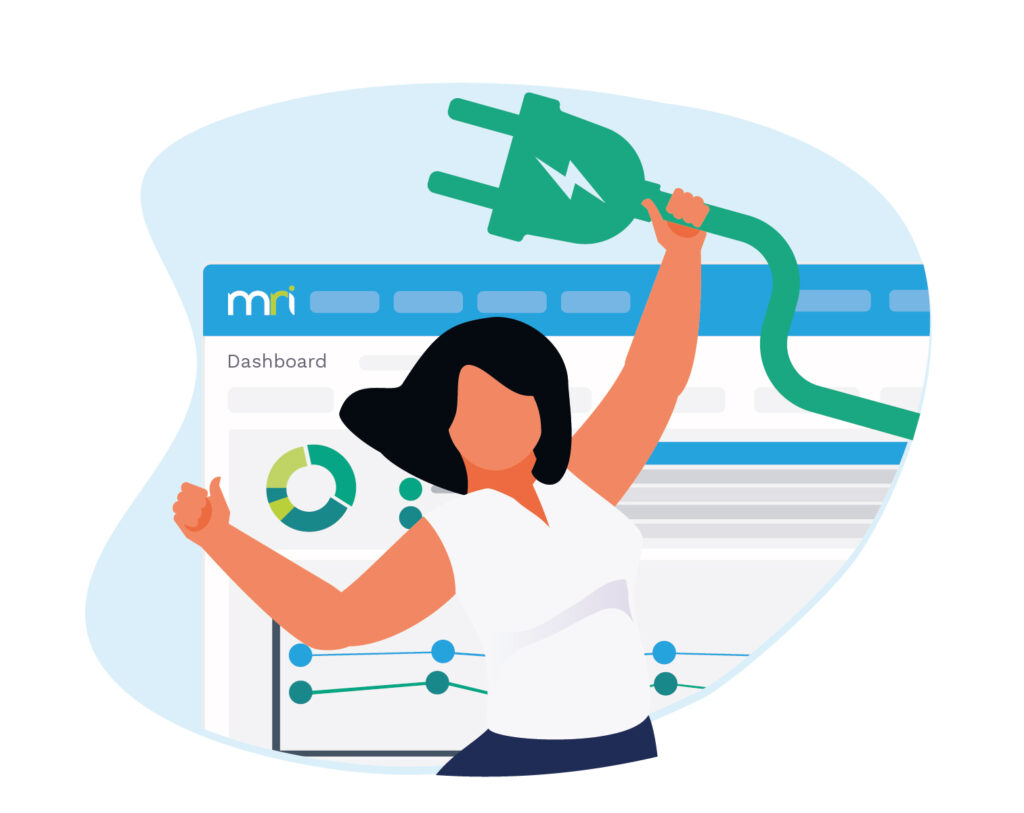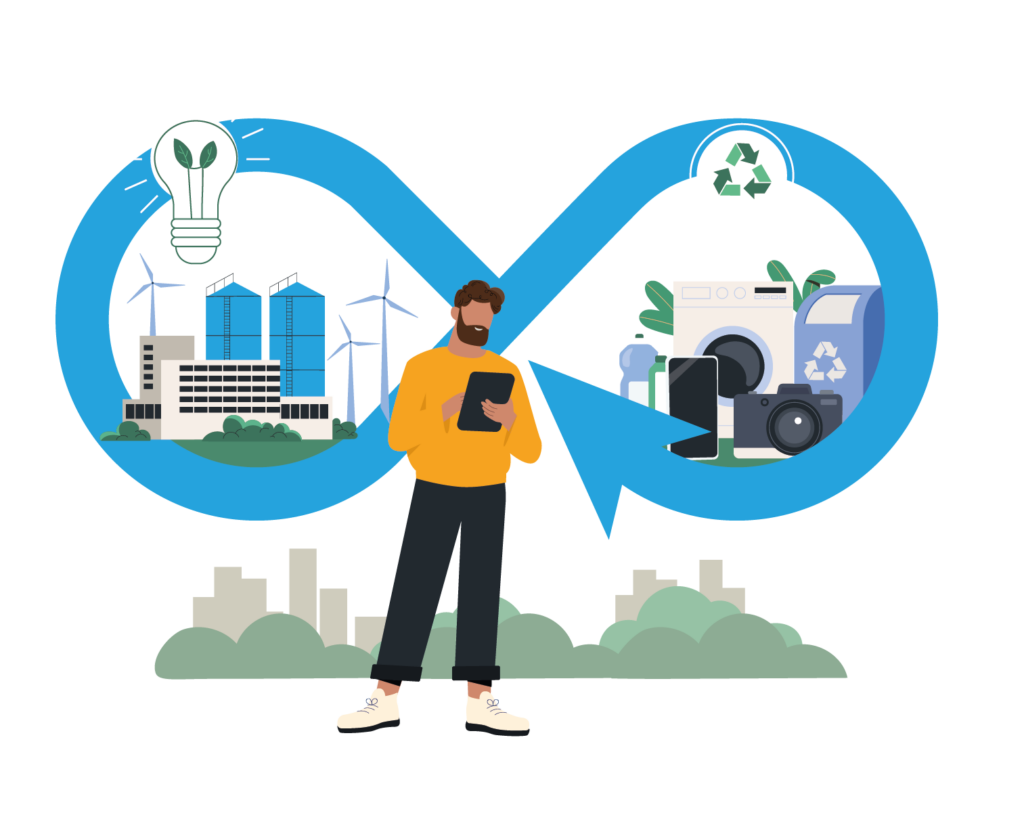Combatting energy wasters: energy efficient lighting
While there are several factors that cause the average commercial building to waste over 30% of the energy it consumes, installing energy efficient lighting can provide significant and immediate energy savings. This blog outlines some of the ways to combat inefficient lighting to ensure your building is operating as efficiently as possible.
What lighting system do you currently use?
A key step in improving the efficiency of any building is to track and evaluate energy used by the current lighting system, doing so will help to identify more efficient lighting options. So, whether that building currently uses incandescent, fluorescent or high intensity discharge (HID) lighting systems, options to reduce daily wattage and help save on usage and costs can be put into place.
LED lighting technologies
LED lighting technology is the most widely used energy efficient light source due to its flexibility, savings potential and lifetime. LEDs consist of a board or group of diodes on a circuit regulated by a driver (like a ballast). They are a point source light, meaning each individual diode will emit a certain amount of light based on the current flowing through it. These are currently the highest lumen per watt devices available.
Runaway energy usage
Lighting controls have long been used to reduce runaway energy usage. Lights accidentally left on create a snowball effect in wasted energy and money: not only do they add to a building’s total consumption and utility expenses, but the more lights that are on, the quicker they burn out and the quicker new bulbs need to be purchased. Using automated methods to shut off lights combats this problem.
Automatic control of lighting is a solution that can be implemented in many ways to drive energy efficient lighting. For example, installing a light sensor that detects when a space is occupied – via sonic and / or infrared sensors – and triggers a relay to open or close the flow of electricity to a fixture. This kind of sensor would ensure that lights in certain areas of the building are only in use when they absolutely need to be.
Another form of energy efficient lighting through automatic control is photocell. This technology also uses a sensor but instead of detecting occupants, it detects visible, infrared or ultraviolet light sources. Once the sensor picks up these lighting sources, it will trigger a relay that opens or closes the flow of electricity to fixtures. This form of energy efficient lighting can also dim and provide an auto-calibration feature to find an ideal switching level.
Installing energy efficient lighting in your building assists your energy management program by reducing energy consumed and the high energy costs that result. The points mentioned in this blog are just a few, easy to implement techniques – installing LED lighting and using different lighting controls to help combat wasted energy from your building’s lights – but there are other things you can do.

How to achieve net zero targets and keep on top of your ERIC reporting
With the roadmap to achieve net zero targets, compliance headaches, ERIC reporting relying on data across multiple groups and departments, NHS Energy Managers have a lot on their plates! Siloed data on different systems is not only causing inefficien…

